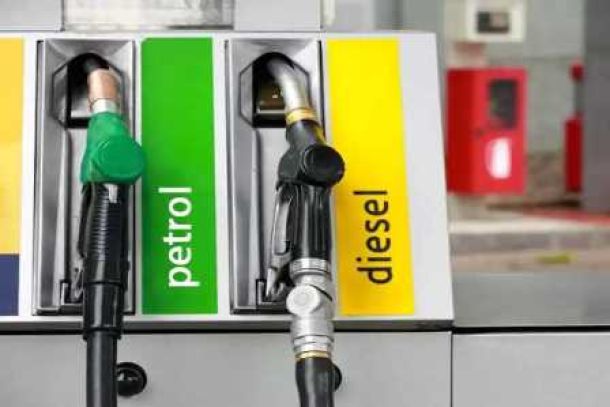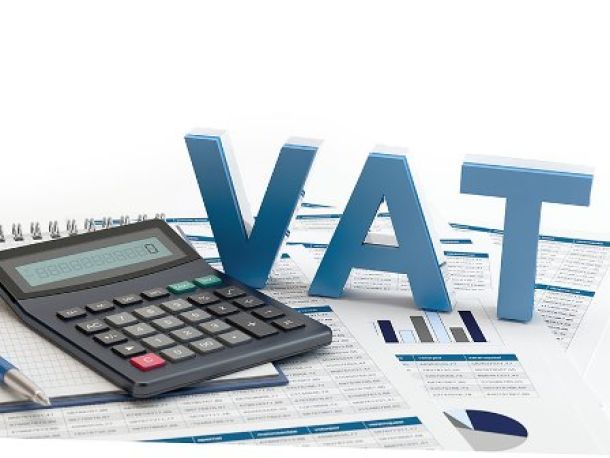Urbanisation driving retail trends & spend in Africa
At the height of moniker making it was almost de rigueur to include at least one African country in economic formations like BRICs or MINT, though in recent times the twin trends of rapid urbanisation and rabid consumption on the continent has given way to home-grown formations like RISE (Rwanda, Ivory Coast, Sierra Leone and Ethiopia).
Africa’s strong growth and resilience of many of the economies it houses has allowed it to continue talking about the continent’s “rise” despite some of the major economies taking a beating following the collapse of commodity prices last year. This rising narrative is on the back of a number of strong fundamentals like macroeconomic policies and economic diversification accentuated by fast increasing urbanisation and an emerging consumer class.
The latter alone is enough to make a compelling case for retail, according to Jon Copestake, Chief Retail & Consumer Goods Analyst for the Economist Intelligence Unit. He was speaking at the Retail Congress Africa conference, currently underway in Cape Town.
According to the Economist Intelligence Unit, Sub-Saharan Africa, with a rate of 2.5% per annum has a faster population growth rate than any other region in the world; more than double that of most other regions and well above the global average of 1%. The populations of key regional markets such as Nigeria, Kenya and Angola will more than double by 2050, and long-term UN population forecasts expect Africa to be home to almost one-third of the world’s population by the end of the century.
Add to this, urbanisation and the stage is set for a massive transformation of the retail landscape. Rightly so as urbanisation is seen as one of the main drivers of wealth creation.
According to the EIU report, by 2035, 50% of the African population will live in cities. With a large proportion of the national working population in urban areas, African cities will also concentrate the largest number of consumers in the region.
“Two of the key ingredients for discretionary consumer spending to grow include a younger population and income growth. Disposable income levels above the US$5000 threshold usually result in a shift in consumer expenditure towards discretionary goods and services beyond the basic necessities of food, clothing and shelter.”
“The next five years is expected to see Nigeria alone bring around six million households into this income bracket. During the same period, the average disposable income in Johannesburg will be on par with some western European markets,” Copestake adds.
Africa’s urban consumer class, defined as the population with household income greater than US$10,000 at purchasing parity rates (PPP), is also tipped for strong growth over the next ten years, more than doubling in many key African cities and tripling in cities like Dar es Salaam and Nairobi.
“The potential of the sector is strong, with Africa providing a young, aspirational and increasingly urbanised consumer base with rapidly rising incomes and a desire for western brands.”
Such optimism provides global actors with opportunities to create markets, establish brands, reshape the retail environment and influence customer preferences. .
Copestake warns though that retailers need to be acutely aware of picking the right store formats and addressable markets in a hugely diverse regional offering. This is especially important given the competition from an established informal sector and fast growing e-commerce channels.
It will pay retailers big dividends to remember that Africa is not a country; it is a continent with diverse cultures and customs with economies that come in different sizes and stages of development. While there might be space for “one size fits all” clothing in shopping aisles, when it comes to doing business in Africa, the cloth has to be cut to measure, the Congress heard.
News Category
- International retailers
- On the move
- Awards and achievements
- Legislation
- Wine and liquor
- Africa
- Going green
- Supplier news
- Research tools
- Retailer trading results
- Supply chain
- Innovation and technology
- Economic factors
- Crime and security
- Store Openings
- Marketing and Promotions
- Social Responsibility
- Brand Press Office
Related Articles

Empowering South African households through gro...

SPAR shares practical tips to beat food inflation

South African motorists could be paying up to R...

Big VAT changes on the cards


